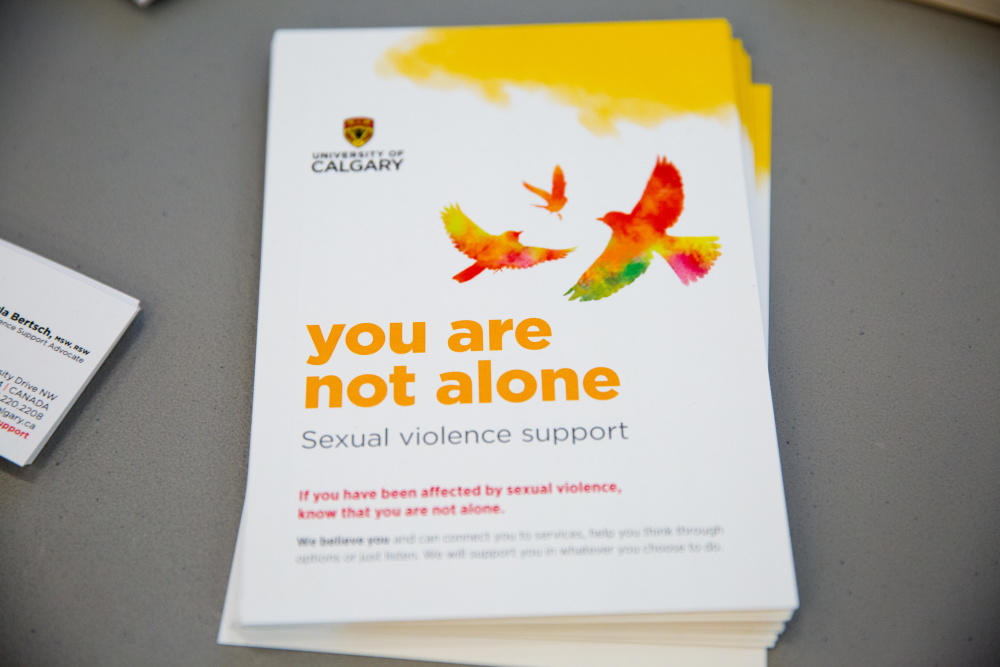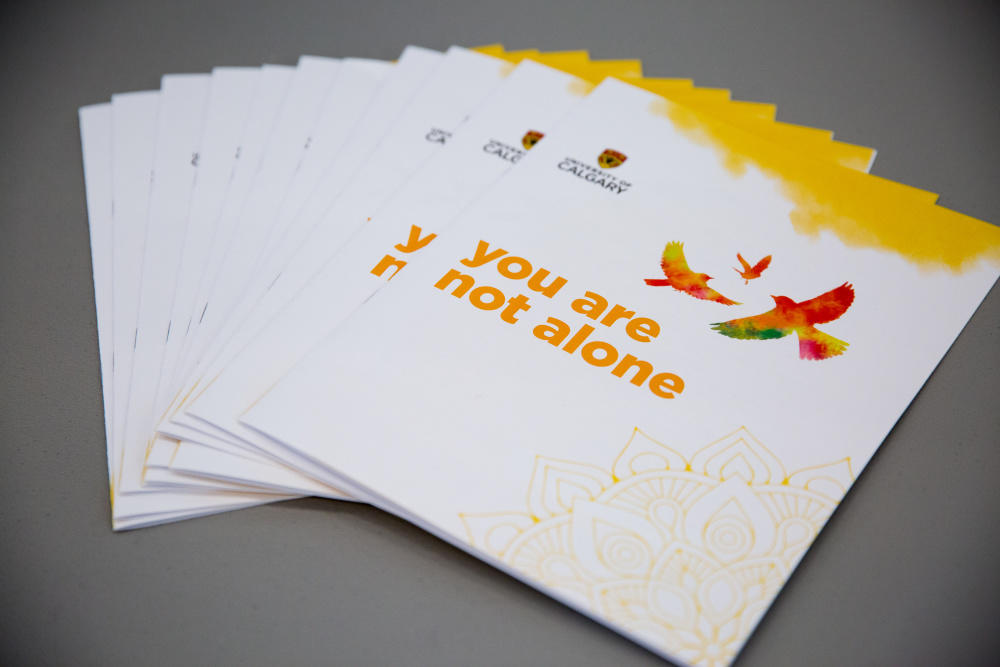Be informed.
Learn more about sexual and gender-based violence to be part of the solution.
Know the language
For the full list of definitions, please read the complete University of Calgary Sexual and Gender-Based Violence Policy.
Consent means giving permission for something to happen or agreement to do something. In sexual situations, the initiator needs to take reasonable steps to establish consent and actively seek it during sexual activity. The age of consent in Canada is 16.
You have the right to withdraw consent at any time during sexual activity.
Sexual assault is any unwanted act of a sexual nature imposed on another person without their consent.
Sexual harassment is unwanted or uninvited sexual remarks, gestures, sounds or actions that make a person feel unsafe, degraded or uncomfortable.
Sexual exploitation is when a person in a position of trust or power uses that power to start or attempt sexual activity with another person.
Learn the facts
Resources for Download
Through a trauma informed approach, the University of Calgary has developed downloadable resources for supporters and survivors of sexual and gender-based violence, including self-care colouring books and informative postcards.
Request Materials
Collection of personal information
Your personal information is collected under
the authority of section 33(c) of the Freedom of Information and Protection of Privacy Act. If
you have any questions about the collection or use of this information, please visit our
Access to Information page.




.jpg?h=0d00a080&itok=OC5GZ6qP)